Entrepreneur Profiles, Gender Diversity
Entrepreneur Profile: 2015 WeXchange Winner – Liza Velarde, Co-Founder, Semka Biomedical Technologies
19 October 2016
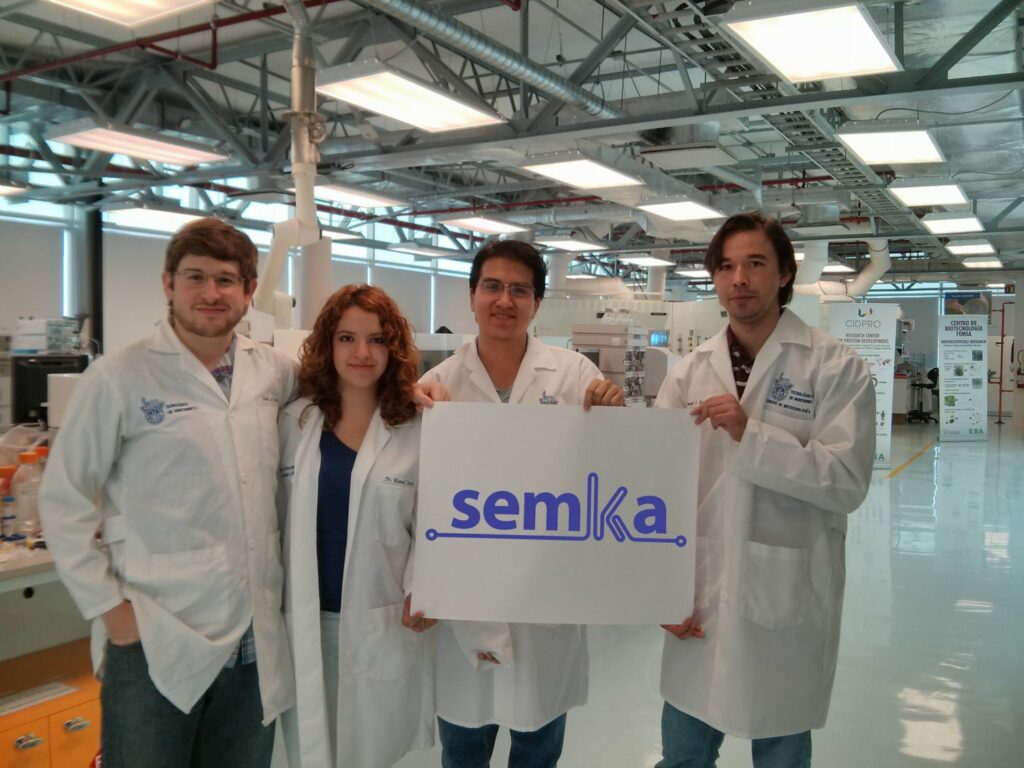
LAVCA heard from Liza Velarde, Co-Founder of Semka Biomedical Technologies, to learn more about Mexico as a market for creating (and not just manufacturing) early stage medical devices and the need for capital commitments in this space. Liza also discusses how winning WeXchange in November 2015 helped Semka build a better business plan.
WeXchange, a program that connects high growth women entrepreneurs in Latin America and the Caribbean with investors and mentors, will take place in Buenos Aires, Argentina on November 14-15, 2016. This year’s program is focused on STEM (#womenSTEMpreneurs). Register here.
LAVCA: Please summarize your business.
Velarde: Semka Biomedical Technologies is an early stage medical device company that developed a technology to isolate rare cells based on their dielectrophoretic properties. Some of this includes stem cells, tumor cells, bacteria cells (sepsis), trophoblastic cells in maternal blood (prenatal diagnostics), etc. We are currently headquartered in Monterrey, Nuevo Leon Mexico.
Our research process began with computer simulations and after four years of development, manufacture redesigns, and growth we have achieved a functional prototype already tested successfully with cell lines of breast, colorectal, prostate, and liver cancer. The team is comprised of three founders (background below), each from different fields (physics, biomedicine, and business), as the scope and success of the project demands a multidisciplinary team that can tackle problems from various angles.
LAVCA: What is the background/qualifications of the three founders?
Alejandro Abarca Blanco – GSP graduate from Singularity University and Physics Engineering from Monterrey Institute of Technology. Alejandro specializes in design, simulation, and testing of microfluidic devices, with expertise in fast prototyping with technologies such as CNCs, 3D printers, laser and water cutting, etc. Alejandro also has expertise with micromanufacturing technologies and analysis such as photolithography, sputtering, AFM, SEM, etc. He is an inventor of dielectrophoresis devices for Circulating Tumor Cell Isolation with high throughput and purity.
Juan Felipe Yee de León – Biomedical Engineering graduate with a Master’s degree in electronical systems. Juan possess different technical skills relevant to the development of biosensor technologies and their testing such as, synthesis of gold nanoparticles of different shapes for its use in biosensors that involve the use of SERS (surface enhanced raman spectroscopy) as detection method, synthesis of magnetic nanoparticles for its use in magnetophoretic biosensors, chemical functionalization to attach biomolecules to the surface of a wide variety of materials, design and fabrication of microfluidic devices, among others. Juan also worked at a public hospital in Mexico, as a clinical engineer, so he understands the clinical necessity and the quality standards needed in a clinical setting
Liza Paola Velarde Calvillo – Draper University graduate, International Business Management degree from Tec de Monterrey, and Babson College for Santander Universities Program Graduate. Liza specializes in management of financial frameworks and business opportunities. She has four years of management experience, establishing a number of strategic alliances and has obtained the resources that allowed her team to work for the last 4 years and develop Semka’s technologies.
LAVCA: What other devices exist to fill this need (both in Latin America and globally)? How does Semka’s technology compare?
Velarde: In terms of competition, there are several tools that are used in the market right now. If we talk about direct competition, there are more than 46 new companies worldwide in the CTCs market. Janssen Diagnostics CellSearch System has the only device approved by the FDA for CTCs enumeration. Others technologies with similar isolation techniques include: ApoStream by Apocell, Bioflux by Fluxion Biosciences, OncoCEE-Br by Biocept Inc., ClearCell by ClearBridge Biomedics amongst others.
Other technologies used in for the management of therapy for cancer patients include: Imaging Test, which doesn’t provide significant information for an adequate management of therapy; Tumor Markers test, which has a lack of specificity and sensitivity, and Biopsies, which are invasive and can’t be done in a continuous way.
When it comes to isolation of circulating tumor cells, cost and effectiveness are key elements oncologist and researcher alike look for in a device.
When it comes to isolation of circulating tumor cells, cost and effectiveness are key elements oncologist and researcher alike look for in a device. The cost of one of our devices is significantly less than their counterparts as its isolation technique is independent of biomarkers. Since we are not using biomarkers the effectiveness of isolation must be exceptional and we have developed just that.
LAVCA: Why is Mexico a good market to for an early stage medical device company? Please describe the biomedical field in Mexico.
Velarde: There are 24 research centers in Mexico associated to the National Institute of Cancer (INCan) and around 120,000 deaths by cancer each year in the country, according to IMSS experts. The Biomedical field as well as a biomedical engineering career in Mexico is heavily focused on medical instrumentation and clinical engineering (Azpiroz-Leehan et al., 2015) translational research and partnerships with industry is one of the elements missing for the development of a solid infrastructure for medical device manufacturing. We hope to be trailblazers and show that this kind of development is possible in Mexico.
LAVCA: What does success look like for you/Semka? Is there a certain market or stakeholders you need access to? How do you plan to get there?
Velarde: Success for us is to see our technology working and used to improve lives around the world. In order to achieve that goal, we are currently seeking access to two important markets, research centers and hospitals. We have started communication with the Rochester Institute of Technology, MD Anderson, and Stanford Medical School in order to establish collaborations and partnerships. We have also started to run clinical trials with Hospital Universitario, the biggest hospital in the State of Nuevo León in México. We are planning to apply and present at the Annual Meeting of the American Institute of Chemical Engineers (AIChE) in November 2016 to find alliances and collaborations with more research centers in order to expand potential new applications of our technology.
 LAVCA: Semka Technologies won the WeXchange competition in December 2015. How did this help advance the business?
LAVCA: Semka Technologies won the WeXchange competition in December 2015. How did this help advance the business?
Velarde: It helped us with exposure and also with experience. Since the beginning WeXchange has given us direct access to exceptional mentoring to help improve our pitch. Furthermore, the individual mentoring through several companies in their network really helped improve our business plan.
Since the beginning WeXchange has given us direct access to exceptional mentoring to help improve our pitch.
LAVCA: What specific challenges do you face being a woman entrepreneur in Latin America?
Velarde: Being an entrepreneur in medical devices in Latin America is a challenge in itself, regardless of gender, because of the lack of infrastructure to develop new technologies in the biotech or medtech area. Again, mostly because Latin American countries often focus more on manufacturing technologies already developed in other countries at lower prices, instead of providing facilities and experts that can help create new technologies.
Being an entrepreneur in medical devices in Latin America is a challenge in itself, regardless of gender, because of the lack of infrastructure to develop new technologies.
LAVCA: What financing have you received thus far? From whom and at what point? What resources have you used in your search for financing? Are you currently looking for additional financing?
Velarde: We have received US$380k from government funds, friends, and family. We have also raised capital in several contests and awards and are currently seeking additional financing.
LAVCA: How have you/do you plan to use the financing? In general, how do you plan to grow the business?
Velarde: We plan to use the financing to upgrade the technology by getting a group of engineers to automate and miniaturize the analyzing unit, reducing costs and designing it to be more affordable to customers.
LAVCA: How did/do you interact with your investors?
Velarde: Our investors provide strategic guidance and counseling and share relevant information for our company and the industry, as well as connect us to a network of events. Since their specialties are in the business sector, their insight is crucial for strategic decision making.
LAVCA: In your experience, what are the biggest opportunities and challenges for creating and growing a business in Latin America?
Velarde: Opportunities are plenty, as Latin America is heavily backing innovation and young entrepreneurs. The new generation of entrepreneurs are still focusing on mainstream industries, but we hope this vision may widen as time passes. In terms of challenges, the narrowing of industries is one, as well as the challenge of raising money outside incubators and contests. Overall, our experience is that Latin investors are more cautionary when considering commitments, especially given the macro economy.
Latin investors are more cautionary when considering commitments.
LAVCA: Do you have any advice for women hoping to create and grow a business in Latin America?
Velarde: Yes, to believe in themselves and their capacities. Being a founder or co-founder is not an easy job and most of the time you will hear that you can’t do it, or that it is a man’s job, that you don’t have the credentials or requirements needed to achieve your passion or dreams. All of them are wrong, it is your job to demonstrate that you are qualified, driven, and can achieve anything you set your mind. It is a matter of perseverance, hard work, creativity, and enthusiasm that creates success.
It is a matter of perseverance, hard work, creativity, and enthusiasm that creates success.
You may be interested in...
-
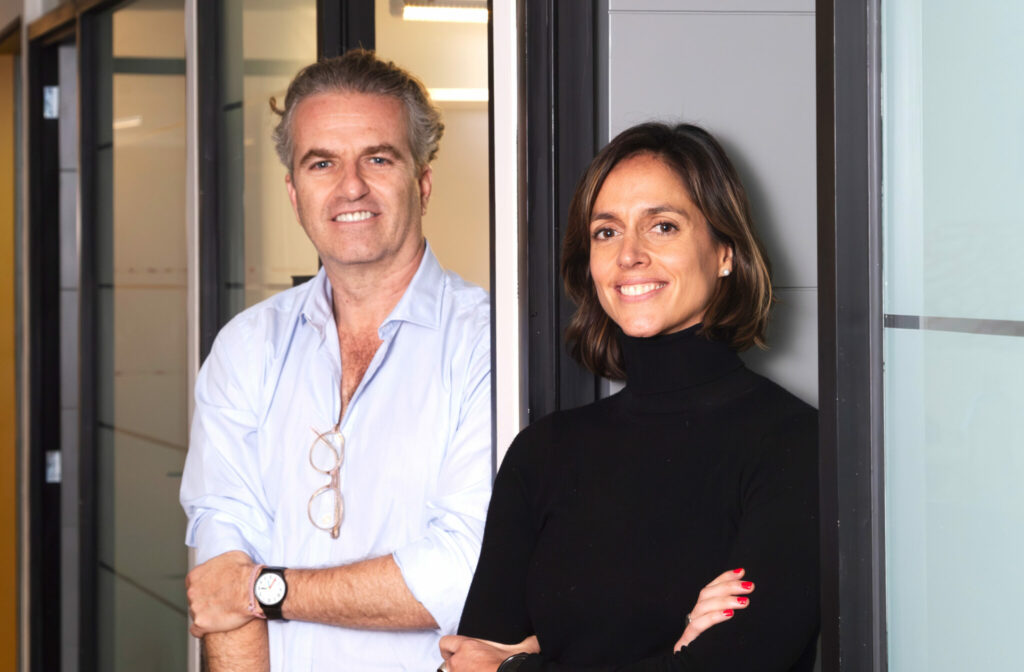
Is AI a Thing in Latin America? In Conversation with Hi Ventures
LAVCA sits down with Hi Venture to discuss their evolving thesis and vision for...
-
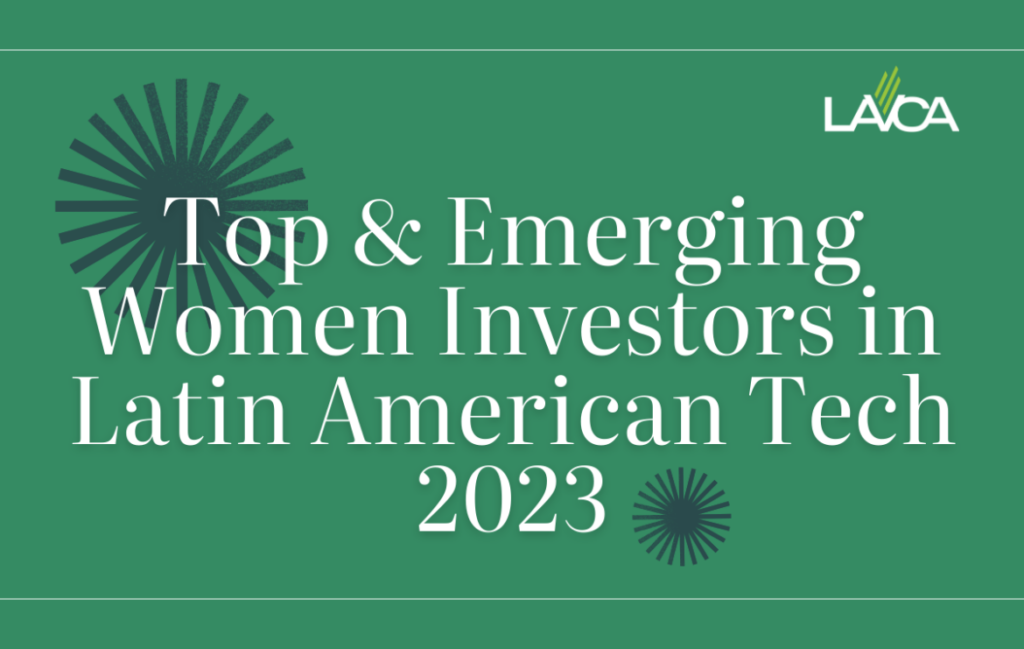
Top & Emerging Women Investors in Latin American Tech 2023
View LAVCA’s list of Top Women Investing In Latin American Tech. Women in venture...
-
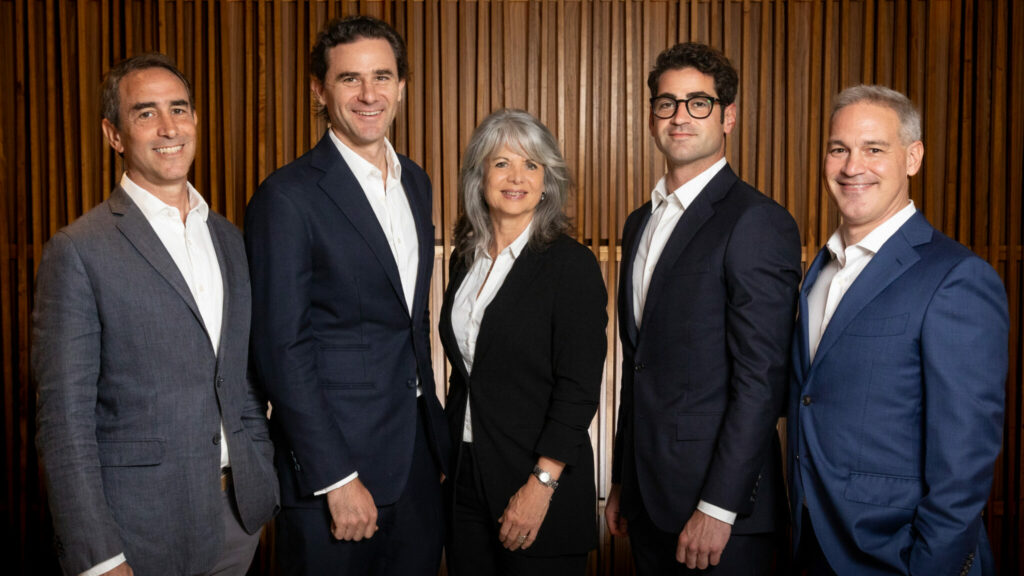
The Future of B2B Startup Investing in LatAm: In Conversation with NXTP
NXTP Ventures recently reached a USD98m final close for NXTP Fund III, its third...
-
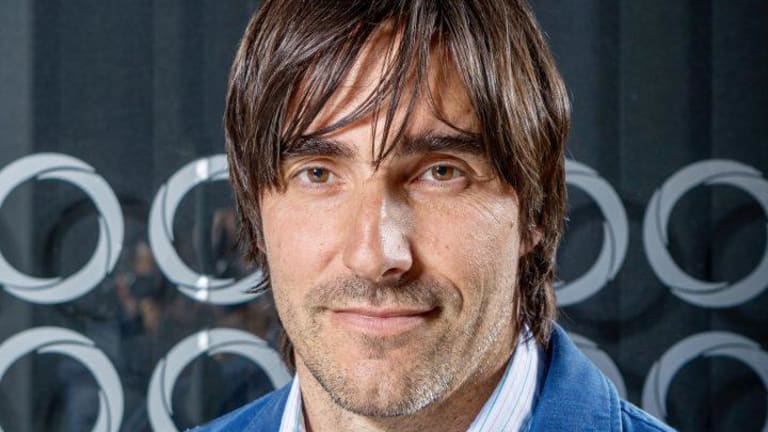
A 20-Year Journey: An Interview with Technisys CEO Miguel Santos
Company: Technisys Investors: KASZEK, Dalus Capital, Riverwood Capital Interview...